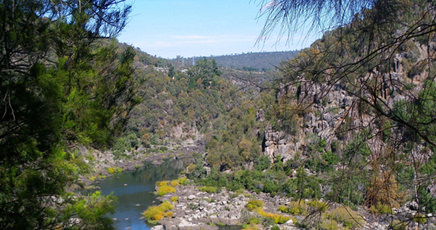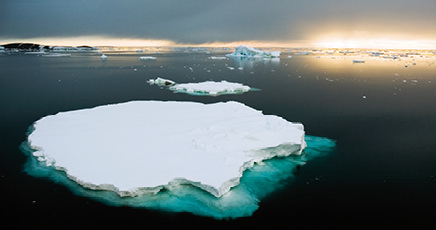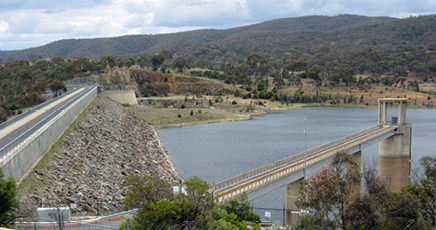STORY
Suyin sits out on the porch at dusk trying to catch the breeze. She can hear the familiar sounds of galahs calling from the old river red gums downhill from her house. Suyin is hopeful that she will spot a Black-breasted buzzard soaring above tonight on the lookout for prey. She hasn’t seen many raptors the last couple of years, the local park ranger told her it’s because of the lack of decent rainfall. "I should leave some water out in the yard tomorrow for the wildlife she says to herself, I’ll use that old cut barrel from the shed."

Explore practical ways you can help wildlife in times of extreme heat. This activity allows young people to see the parallels between wild animals’ dependence on clean drinking water for survival and their own. It provides opportunities to discuss how wildlife are more vulnerable than humans to changes in climate and water supply.
For children to:
- appreciate that living things are dependent on the environment for their survival
- appreciate that water is essential for the survival of living things including humans
- be involved in taking actions to improve outcomes for wildlife.
This activity can be undertaken any time of year but is especially important in warm regions or over warmer months when water supply can become scarce for wildlife.
Water containers for wildlife will need to be topped up regularly in hot temperatures. Water should still be left outside in cool temperatures as some water bodies can freeze in winter while animals continue to need drinking water.
Introduction
With Australia’s changing climate we need to adapt to our altering conditions. This is challenging but also possible for humans through behaviour change and infrastructure change, for example how we design our homes, farms and cities. It is not quite so easy for our precious wildlife. In this activity we can help support the needs of wildlife by giving them access to water year round.
*Time allocation will be dependent on site selection and travel time.
Checklist
Instructions
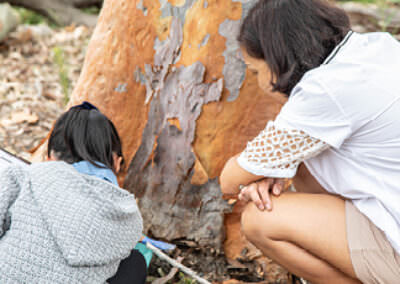
STEP 1
How do humans use water in our daily lives?
From morning to night we use water for drinking washing and cooking and contributes to our health. Water is an essential resource in our local environment, industry and agriculture. Discuss these concepts with the children. What other questions arise from this discussion.
Where does our drinking water come from?
The potable water we use comes from various sources depending on where you live in Australia. Water is obtained from rainwater and harvested in tanks and reservoirs, it comes from nearby streams, springs, rivers and lakes, from groundwater or desalination plants and is then treated.
Use the videos to help stimulate discussion and the journal activity sheet to draw or record highlights.
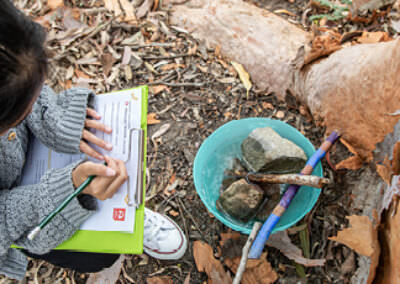
STEP 2
How can we responsibly share water with other living things?
Water is a basic need and right for humans and animals alike. Animals, like humans need water for their minds and bodies to function properly. They can become stressed and confused when dehydrated. Most animals do not store large quantities of water in their bodies in the same way humans do, so most need to drink regularly. Much of their water is found in the food they eat.
We have the ability to help other living beings when they are in need of water and are unable to source it themselves.
Due to lack of regular rainfall, low rainfall, drought or bushfires, water can become scarce for animals. Providing water is a simple yet effective way to help local fauna (animals).
Continue to use the journal to draw or record discussion highlights.
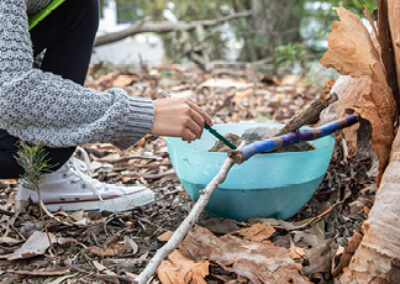
STEP 3
Find a shady location, bordered by high grasses, plants or shrubs in your outdoor space. Place the water container here; this will help hide wildlife hide from possible predators when drinking or bathing. Make sure it’s also in a location where you can easily access the container for cleaning and refilling and also observe any wildlife activity around the water.
When setting up your container add a rock or two to the base before covering with clean water. If the container is large you might also like to add a medium size branch to the container so that small animals such as skinks can climb in and out safely.

STEP 4
Top up water when the level appears low or the water becomes dirty. Intermittently observe the water container on warm or hot days. Predict and record which animals might visit your water container and at what time of day in your journal. Which is the smallest animal who could access the water? Which is the largest? Think about where you live, and what animals you have observed in the past.
If you feel the location is not optimal after observing and trialing the location of your water container move it to another location which might be more suitable for wildlife.
Extension Activity
Investigate Indigenous Australians use of scientific knowledge to manage water resources in dry conditions.
Find out how Australian desert animals survive dry conditions with little available water.
Explore the water cycle.
How are some plants adapted to cope with low rainfall?
Curriculum and Framework Links
AUSTRALIAN CURRICULUM
Year 2: ACSHE035, ACSIS038
Year 3: ACSHE051, ACSIS054
Year 4: ACSSU073, ACSSU075, ACSHE062, ACSIS065
Year 5: ACSHE083, ACSIS086
Year 6: ACSSU094, ACSIS103, ACSHE100
Year 7: ACSHE135, ACSSU116, ACSSU112, ACHGK038, ACHGK039, ACHGK042
Year 8: ACSHE135
Year 9: ACSSU175, ACSSU176
CROSS CURRICULUM PRIORITY
Aboriginal and Torres Straight Islanders Histories and Cultures
Sustainability
MY TIME, OUR PLACE: FRAMEWORK FOR SCHOOL AGE CARE
Outcome 2 and 4
Reference List
ONLINE RESOURCES
Find out more about: Why do animals need water?
PRINTABLE RESOURCES
The H2O cinema – short videos from the Hands on H2O Water Lab: the natural water cycle; the urban water cycle (cloud to tap and back).
UNESCO’s Where is water? Human impact on water freshwater resources.
PHOTO CREDITS
Photos courtesy of CSIRO.
Just for Kids
Check out our fun activity Spot the animal crossword.
We value your feedback
When you have finished this learning activity, please tell us what you think with our survey.
Your feedback will help Landcare Australia improve the activities in the Junior Landcare Learning Centre.
Why not try one of our other Junior Landcare learning activities?
Creating a butterfly garden
Biodiversity
Love Letters to the Land
Biodiversity|First Nations Perspectives|Food Production|Waste Management
Creating a sensory garden
Biodiversity
Understanding weeds: life cycle
Biodiversity
